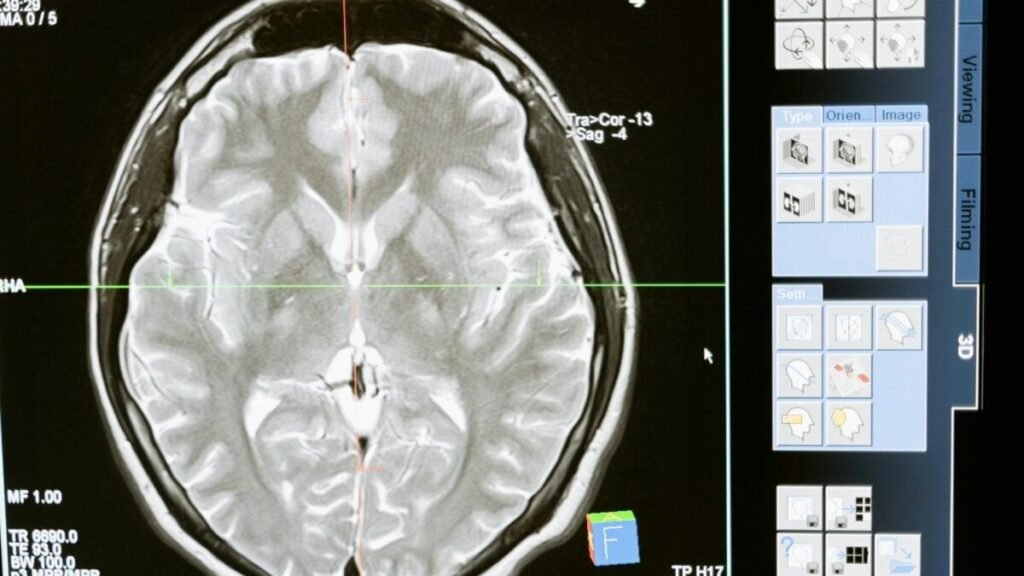Harvard succeeds in translating thoughts into words: science opens a new way of communication for people with paralysis

Silence is no longer an inevitable condemnation. A team at Harvard University has managed to decode the brain’s internal dialogue and transform it into words, a breakthrough that promises to revolutionize the lives of those who have lost the ability to speak. The research, published in the magazine Cell, combines brain implants with artificial intelligence models to translate the neural signals linked to speech, even when they are never spoken aloud.
### How the technology works
The advancement is based on implanting tiny arrays of electrodes in the motor cortex, where orders to the speech muscles originate. Even though the mouth and tongue do not move, the brain still does. Machine learning algorithms analyze these signals and reconstruct probable words from basic phonemes. Thus, a pattern corresponding to the sounds “D” and “G” can be identified as the word “dog.”

### From thought speech to internal numbers
In the tests, participants not only mentally tried to pronounce phrases, but also counted figures using their internal dialogue. The systems detected the thought numbers and managed to translate them. This milestone demonstrates that it is possible to access structured thoughts, beyond the intention to speak. However, translating sensory or memory thoughts is still inaccurate.

### Technical challenges and diversity of thought
One of the major obstacles is individual diversity. “When I think, I hear my inner voice, but not everyone thinks the same way,” explained Daniel Rubin, co-author of the study. Deaf people or users of sign language, for example, may experience thoughts as gestures or images, challenging current models. The system only works well when thinking follows the logic of language; there is still no reliable translation for sensations or memories.
### Impact and future of brain communication
Despite its limitations, the breakthrough is already impacting the lives of those who participated in the trial: two out of the four people with paralysis use this interface as their main communication method. The process is slow, but it allows them to regain autonomy and reintegrate socially. Scientists hope that next-generation implants, with higher resolution, can reconstruct complete sentences and fluid conversations. Additionally, the voluntary collaboration of patients is crucial: each session helps improve accuracy and brings the technology closer to a breakthrough.
Turning thoughts into words is no longer a futuristic utopia. Today, neuroscience and artificial intelligence are advancing together to give voice back to those who lost it, and with it, an essential part of their humanity.






